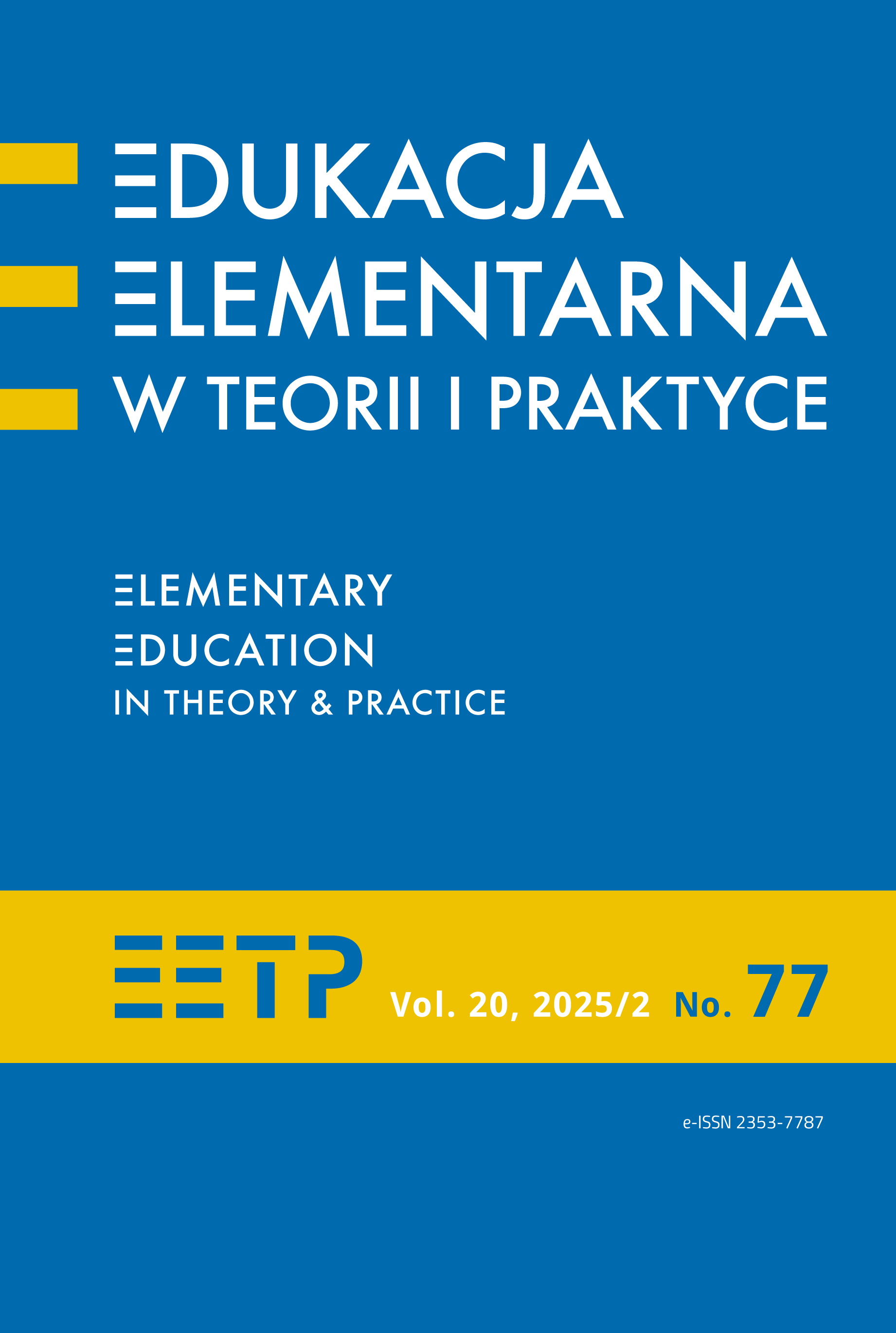Introduction
Abstract
The 20th century was called the chid-centered century, because it became an object of interest not only for researchers who recognized the specificity and unique development of this period of life, but also by but also by philosophers and anthropologists who grant the child inalienable rights as a human being (Kryńska i in., 2021). They are understood as a set of rights and freedoms that are available to all children, regardless of their origin, gender, race, religion or social status. The goal of these rules is to protect and help children to develop, to provide them decent living conditions and enable full participation in society. The Convention on the Rights of the Child, adopted by the UN General Assembly on 20 November 1989, is an international document which guarantees all children the chance to live a happy life (ONZ, 1989). Another crucial step towards creating optimal conditions for the development of the young generation is the Jacques Delors Report of 1991 setting tasks for education in the 21st century, necessary for students in the meanders of the postmodern world. The four pillars of education are: learning to know; learning to do; learning to live together and learning to be (Rabczuk, 1997). Both of these global documents commit to taking systemic regulations for the good of the child, so that his or her life is good and happy.
References
Huebner, E.S., Funk, B.A. i Gilman, R. (2000). Cross-sectional and longitudinal psychosocial correlates of adolescent life satisfaction reports. Canadian Journal of School Psychology, 16(1), 53–64. https://doi.org/10.1177/082957350001600104
Kryńska, E.J., Kalisz, Ł., i Suplicka, A. (red.). (2021). Między godnością a zniewoleniem. T.1: Godność jako fundament praw człowieka. Wydawnictwo Uniwersytetu w Białymstoku
ONZ, 1989. Konwencja o prawach dziecka, przyjęta przez Zgromadzenie Ogólne Narodów Zjednoczonych dnia 20 listopada 1989 r. Dz. U. 1991 nr 120, poz. 526. https://isap.sejm.gov.pl/isap.nsf/download.xsp/WDU19911200526/O/D19910526.pdf
Rabczuk W. (1997). Strategiczne cele w świetle Raportu J. Delorsa i Białej Księgi Unii Europejskiej. W: A. Bogaj (red.). Realia i perspektywy reform oświatowych. Instytut Badań Edukacyjnych.
Copyright (c) 2025 Edukacja Elementarna w Teorii i Praktyce

This work is licensed under a Creative Commons Attribution-NoDerivatives 4.0 International License.
- When submitting a text, the author declares that he/she is the Author of the article (hereinafter referred to as the “Work”) and:
- he/she owns the exclusive and unlimited copyright to the Work,
- is entitled to dispose of the copyright to the Work.
Declares that it does not infringe any third party copyrights or legal rights.
Declares that there is no conflict of interest.
2. At the same time, the Author grants the Ignatianum University in Cracowa royalty-free, non-exclusive and territorially unlimited licence to use the Work in the following fields of exploitation:
- recording the Work in a hard copy, as well as on a digital or magnetic medium;
- reproduction of the Work using any technique, without limitation of the number of editions or copies;
- distribution of the Work and its copies on any medium, including marketing, sale, lending, and rental;
- introduction of the Work into a computer memory;
- disseminating the Work in information networks, including in the Internet;
- public performance, exhibition, display, reproduction, broadcasting and re-broadcasting, as well as making the Work available to the public in such a way that everyone can have access to it at a time and place of their own choosing;
- within the scope of dependent rights to the Work, including in particular the right to make necessary changes to the Work resulting from editorial and methodical development, as well as to translate the Work into foreign languages;
The licence is granted from the moment of the transfer of the Work to the Ignatianum University in Cracow. The Ignatianum University in Cracow is entitled to grant further sub-licences to the Work within the scope of the right granted. The licence is time-limited and it is granted for a period of 15 years, starting from the date of its granting.
Authors are permitted and encouraged to publish their text online (e.g. in their institution’s repository or on the institution’s website) before or during the submission process as this may lead to beneficial exchanges, as well as earlier and greater citation of the published text (See The Effect of Open Access). We recommend using any of the following portals of research associations:
- ResearchGate
- SSRN
- Academia.edu
- Selected Works
- Academic Search




